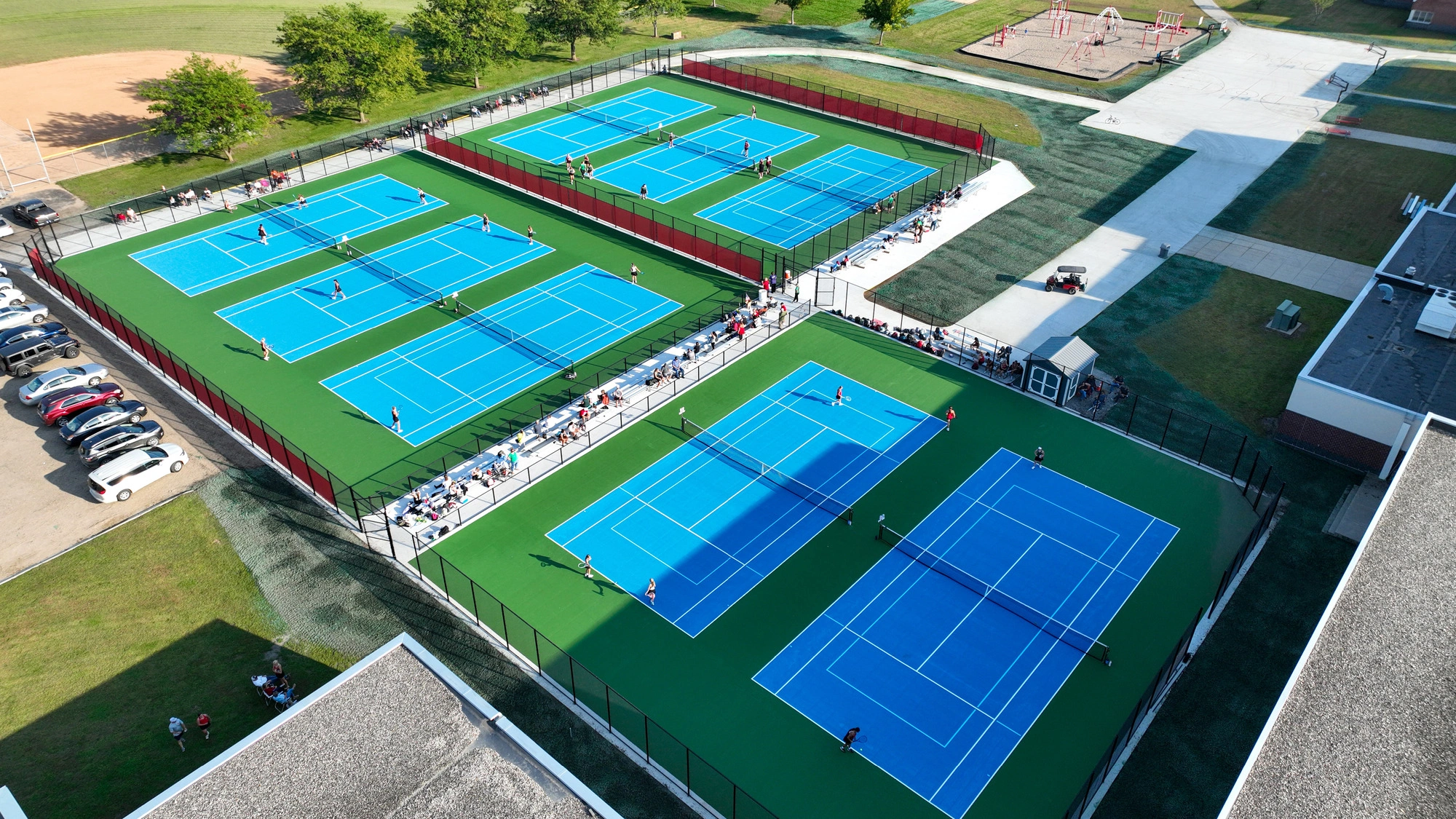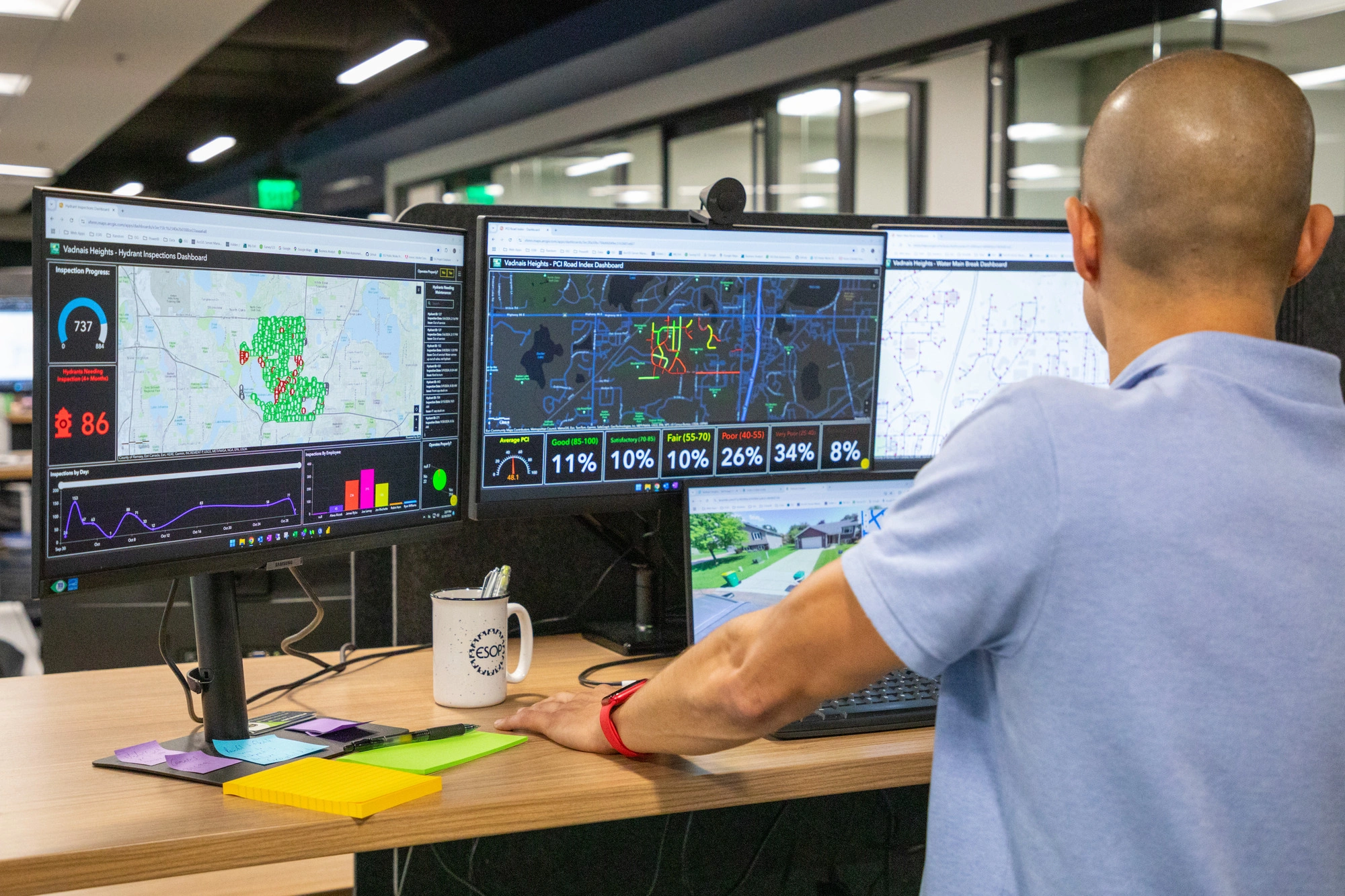Right-of-Way Management: How to Be Prepared for Telecommunication Installations
As the next wave of telecommunication services are being introduced, providers are making their way throughout communities to incorporate services. Unlike developed areas, many small communities haven’t had the need to ensure they are equipped with the necessary means to meet the demands of these technology installations. Throughout all communities, public land designated for network infrastructure are called rights-of-way (ROW). From permitting and reimbursements to installation and restoration, communities are encouraged to reevaluate ROW management processes to regulate projects, minimize potential project constraints and delays, and most importantly, to protect their infrastructure.
Protect Your Community
A managed ROW will ensure the anticipated plan will align with city policies and practices while reducing project costs, delays, and service interruptions. These proven processes allow a city to successfully track the work, ensure the applicable laws, practices, and policies are being followed, provide proper utility access and installation, and protect properties, residents, and utilities from damage, unsafe conditions, and lawsuits.
Are You Prepared?
Telecommunication installations are inevitable as the need for improved technology increases. Being prepared is critical for long-term success. Whether a city wants to improve or incorporate a ROW management process, the following checklist is recommended to ensure effective management.
- Permit Issuance + Process
- Permits are required to work within a city’s ROW. To ensure consistency throughout the permitting process as it relates to application submission, coordination, and fees, a set of guidelines should be recommended by city administration and adopted by city council.
- Permitting Responsibility
- Designate a staff member or group to be responsible for managing permits. Permit management activities include reviewing the permits, collecting fees, inspecting work to ensure the permit requirements are being followed, and coordinating with the public when they have questions.
- ROW Restoration
- If installation is to take place throughout sidewalks, trails, roadways, or driveways, the community should have a surfacing replacement requirement within the permit to ensure the contractor is replacing the surface.
- Utility construction can create disruptions that can be major headaches for city staff and officials. Damage to pavements, sidewalks, and residential property can be avoided by designating restoration project processes and teams.
- One-Call Center Coordination
- Before construction can begin, verify that the contractor has coordinated with the regional one-call utilities locate center to reduce the likelihood of personnel injury and damage to existing infrastructure.
- Utility Marking Guidelines + Color Code
- Ensure the city is in alignment with the uniform color coding and marking guidelines. By using common practices, contractors will more effectively locate existing utilities and be able to safely install new infrastructure in the designated ROW.
It is important to actively engage residents and business owners to ensure they are educated on upcoming projects, their ideas and concerns are heard, and their properties are being protected. For a city that is seeking guidance to establish a more effective ROW management process or are seeking help to coordinate design, construction, and financing support for an infrastructure installation project, ISG is here to help. Inclusive of telecommunications, construction management, and permitting professionals, ISG is equipped with the experience and expertise to answer questions and be your guide through infrastructure installations.


Related Articles

.webp)
ISG Recognized as a 2025–26 Emerging Professional Friendly Firm for the Fourth Consecutive Cycle
ISG has been honored as a 2025–26 Emerging Professional Friendly Firm by AIA chapters in North Dakota, South Dakota, Wisconsin, and Minnesota in recognition of its commitment to fair compensation, licensure support, mentorship, and growth for early-career architects.













